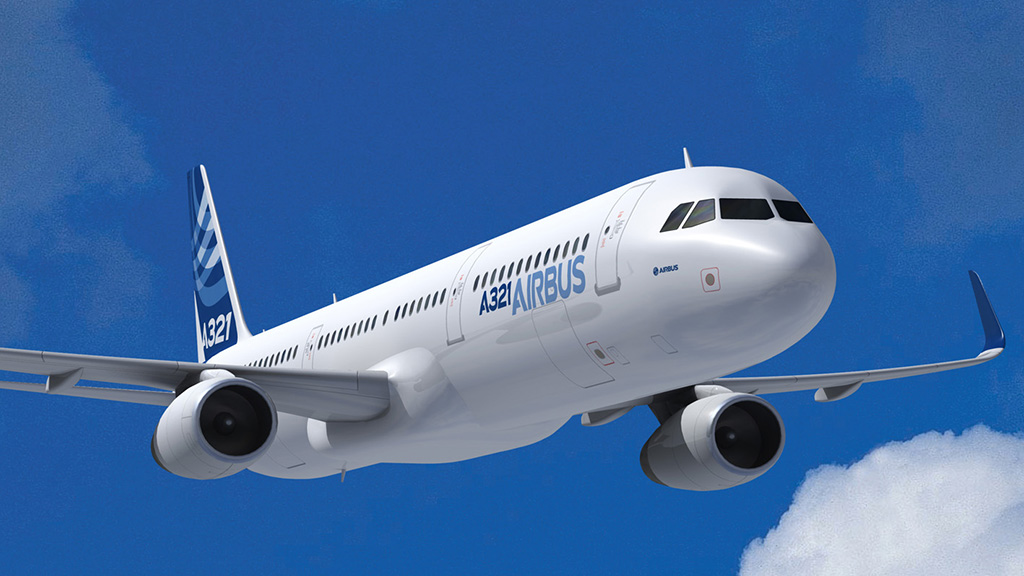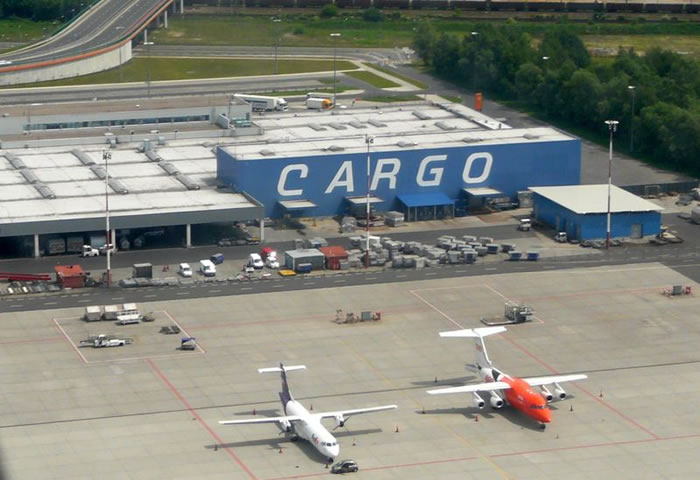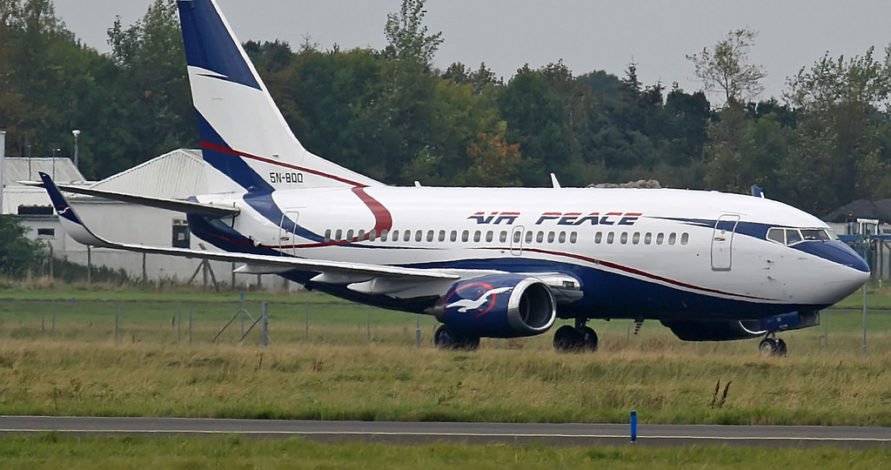Giant European aircraft manufacturer, Airbus (AIR.PA) is considering bumping up the range of the most powerful version of its A321 passenger jet in the latest effort to pre-empt a potential new mid-market jet being studied by U.S. rival Boeing (BA.N), industry sources said.
A new version being studied, dubbed A321XLR, involves a further revamp of the A321LR aircraft which recently claimed a long-distance record for single-aisle jets during testing, the sources said. The A321XLR would include capacity for extra fuel.
The A321XLR is designed to squeeze in extra range and may be targeted at North American carriers, whose ordering decisions could be decisive as Boeing weighs up whether to go ahead with plans for a new ‘middle-of-the-market’ aircraft.
“We do not comment on our product policy,” an Airbus spokesman said.
Noting that Airbus had 80 percent of sales in that category, the spokesman added, “We are under no pressure”.
The A321XLR is the latest move by the European planemaker in a high-stakes contest with rival Boeing as both planemakers try to secure the high ground in the 200-270-seat segment, valued by analysts at hundreds of billion of dollars in coming years.
Airbus has been outselling Boeing in the lower end of that segment with the single-aisle A321, while Boeing has been dominating at the upper end with strong sales of the 787 Dreamliner at the expense of the Airbus A330neo.
This is the space into which Boeing proposes to launch its 220-270 seat mid-market jet, a hybrid with the twin-aisle cabin of a wide-body jet but the smaller cargo space of a single-aisle plane thanks to a novel shape designed to fly more efficiently.
Airbus has been toying with several proposals to extend the A321’s advantage and limit the impact of Boeing’s new plane or even prompt its rival to abandon the idea.
In a surprise move, Airbus previously halted work on a study dubbed A320neo-plus, Reuters reported in April.
blueprint would have featured increased fuel capacity, a longer fuselage and improvements to the A321’s wing.
A longer-term project, code-named A320neo-plus-plus,” with an all-new carbon-fibre wing, has also been put to one side.
The A321XLR is seen as a compromise move that would further defend Airbus’s A321 lead for the smallest upfront investment.
















